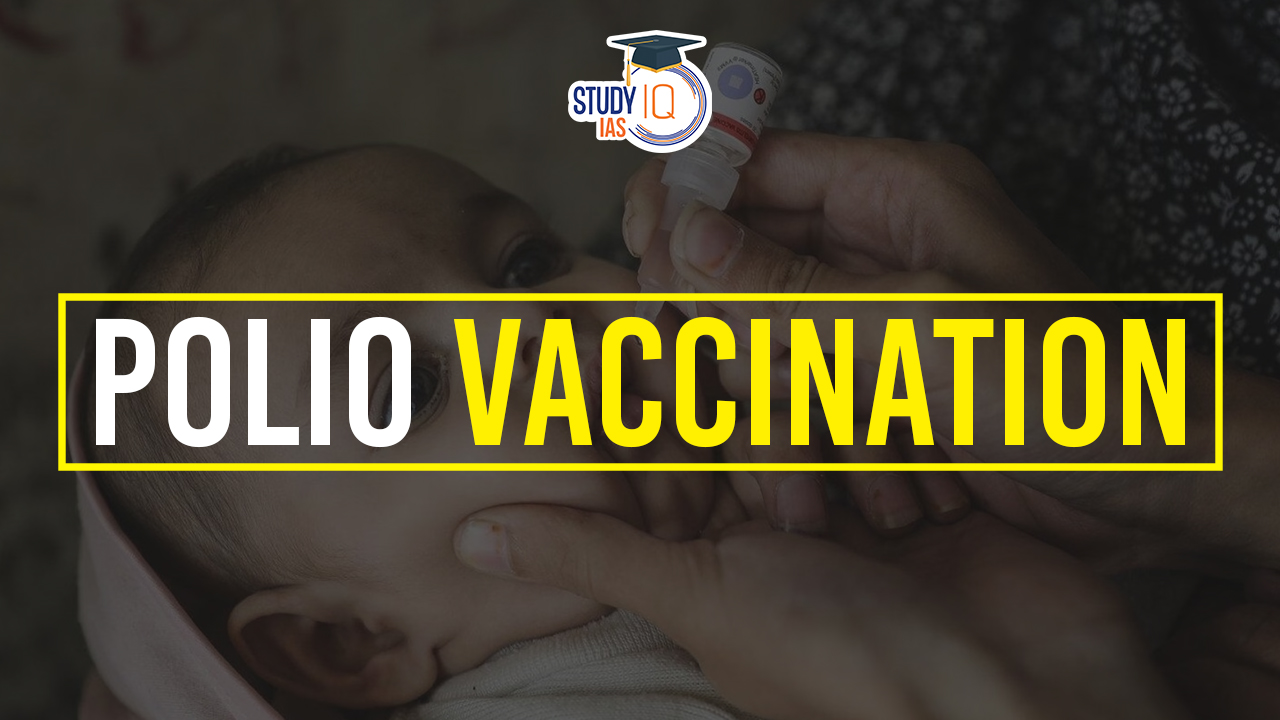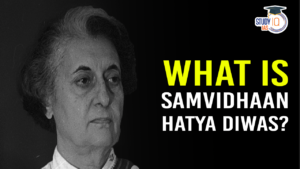Table of Contents
Polio Vaccination
Polio, short for poliomyelitis, was once one of the most feared diseases in the world, causing paralysis and even death in its victims, primarily children. However, thanks to the development and widespread distribution of the polio vaccine, this crippling disease has been all but eradicated. The journey to conquer polio has been a testament to human ingenuity, scientific collaboration, and the power of public health initiatives.
History of Polio Vaccination
| Year | Milestone |
| 1952 | Dr. Jonas Salk begins testing an experimental polio vaccine on children, initiating IPV development |
| 1955 | IPV developed by Dr. Jonas Salk is licensed for use in the United States |
| 1957 | The Sabin oral polio vaccine (OPV) is developed by Dr. Albert Sabin |
| 1960s | OPV introduced for mass vaccination campaigns globally |
| 1979 | The last case of wild poliovirus recorded in the United States, attributed to vaccination efforts |
| 1988 | The Global Polio Eradication Initiative (GPEI) is established by WHO, UNICEF, Rotary International, CDC |
| 1988-2024 | GPEI conducts widespread vaccination campaigns globally, leading to a significant reduction in polio cases |
| 2000 | The Western Pacific Region is certified as polio-free, the first WHO region to achieve this status |
| 2014 | The WHO declares the spread of wild poliovirus a public health emergency of international concern |
| 2024 | Continued efforts toward polio eradication, with focus on endemic countries and high-risk areas |
| Ongoing | GPEI’s efforts continue, aiming for global polio eradication, with several countries remaining endemic |
| Future | Continued research and vaccination campaigns to ensure polio remains eradicated globally |
Polio Vaccine and Its Types
The polio vaccine is a critical tool in the fight against polio, a highly infectious viral disease caused by the poliovirus. There are two main types of polio vaccines:
Inactivated Poliovirus Vaccine (IPV)
- IPV is made from killed poliovirus strains of all three types (type 1, type 2, and type 3).
- It is given through a shot (injection) into the muscle, typically in the leg or arm.
- IPV does not contain live virus, so it cannot cause polio.
- IPV provides immunity against polio by stimulating the body’s immune response to produce antibodies against the virus.
- It is the primary vaccine used in many developed countries, including the United States.
Oral Poliovirus Vaccine (OPV )
- OPV contains live but weakened (attenuated) strains of the poliovirus.
- It is administered orally, typically in the form of drops or on a sugar cube.
- OPV stimulates the immune system in the intestines, where the poliovirus usually enters the body, providing both intestinal and systemic immunity.
- Because it contains live virus, there is a very rare risk (about 1 in 2.7 million doses) of the vaccine itself causing polio in recipients or in close contacts through a phenomenon called vaccine-derived poliovirus (VDPV).
- OPV has been a vital tool in the global eradication efforts due to its ability to provide immunity not only to the vaccinated individual but also to others through secondary transmission of the weakened virus.
Current Status of Polio in India
India has reached the final stage of polio eradication. On January 13, 2023, India completed 12 years without polio. The last confirmed case of polio in India was in 2011.
The World Health Organization (WHO) says that as of 2022, wild poliovirus type 1 is still endemic in two countries: Pakistan and Afghanistan. The WHO says that continuing the transmission of wild poliovirus in these remaining areas could lead to a global resurgence of the disease.
Polio Eradication Efforts in India
India’s efforts towards polio eradication have been substantial and remarkable. The country faced significant challenges due to its large population, geographical diversity, and socio-economic disparities. However, through persistent efforts, innovative strategies, and strong political commitment, India achieved a major milestone in 2014 by being declared polio-free by the World Health Organization (WHO). Here are some key aspects of India’s polio eradication efforts:
| Key Aspects of Polio Eradication Efforts in India | Details |
| National Immunization Days (NIDs) | Massive immunization campaigns targeting children under five years, conducted multiple times a year. |
| Pulse Polio Programme | Program aimed to reach every child under five with the oral polio vaccine, including routine immunization. |
| Social Mobilization and Awareness | Extensive efforts to mobilize communities, engage religious leaders, and dispel myths about vaccination. |
| Surveillance and Monitoring | Robust surveillance system to track polio cases, identify transmission areas, and guide interventions. |
| Innovative Strategies | Use of mobile vaccination teams, transit vaccination points, and targeted campaigns in high-risk areas. |
| Political Commitment | Strong support from national and state leaders, ensuring resource allocation and sustained momentum. |
| Partnerships | Collaboration with WHO, UNICEF, Rotary International, NGOs, and community groups to strengthen efforts. |


 Largest Desert in the World, Check Name,...
Largest Desert in the World, Check Name,...
 National Doctor’s Day 2025: History, T...
National Doctor’s Day 2025: History, T...
 50 Years of Emergency: Samvidhaan Hatya ...
50 Years of Emergency: Samvidhaan Hatya ...





















